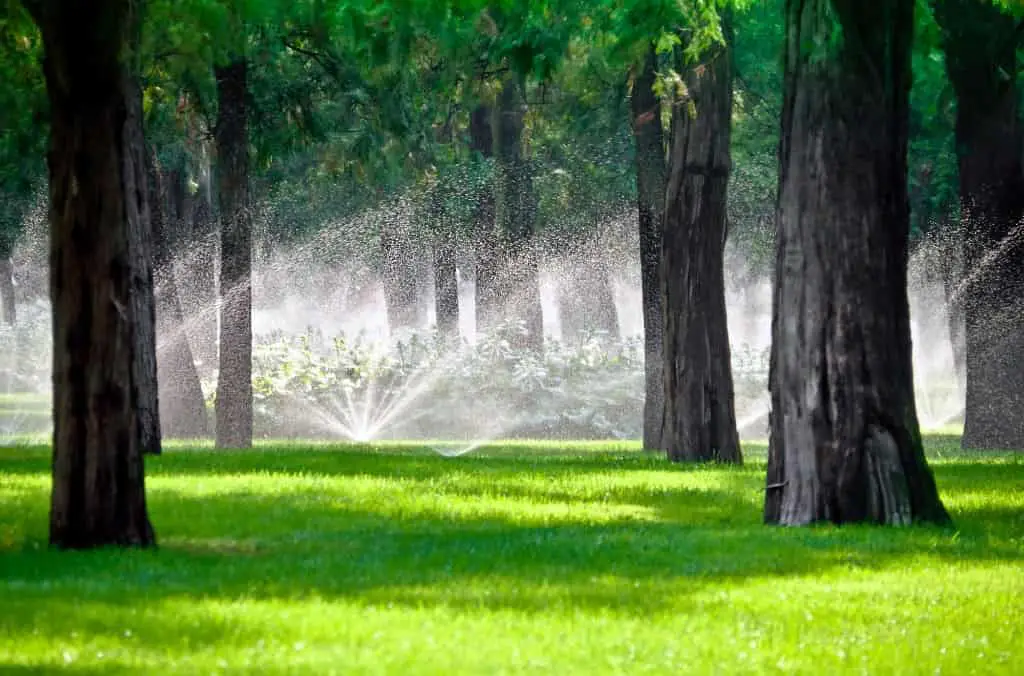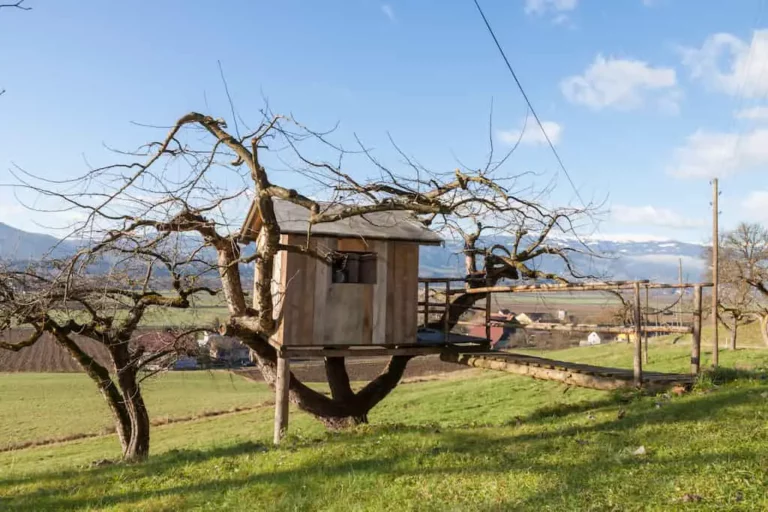How Can I Find My Sprinkler Lines Without Digging?

Knowing where your sprinkler lines are is essential for maintenance and when you need to dig up an area to contour your garden or install more efficient sprinkler heads. Unfortunately, homeowners do not always know where their underground sprinkler lines are. So how do you locate your sprinkler lines without having to dig up your garden?
Without digging, you can find sprinkler lines by obtaining a design map from the company that installed the system. If this is not possible, you can find the valve box and follow a line to each sprinkler head in a circuit. Or you can use an electronic water-detection device.
Locating the sprinkler lines in your garden can be a tedious affair if you do not have them mapped out already. Without digging up the entire lawn, you can use several methods to find the sprinkler lines. Here are some techniques you can try, from low-tech to high-tech options.
Use A Design Map To Find Sprinkler Lines Without Digging
The most accurate way to find your sprinkler lines without digging up your garden is to use the design map the installation company gave you. If you do not have a design map, the installation company may have a copy on record.
Once you have the map, you need to orientate it and identify corresponding landmarks on the map and in your garden. The valve box and the sprinkler heads are the most important, but other permanent features such as buildings and paved areas may also be marked on the map.
Once you have orientated the map with your garden, you can physically mark out the sprinkler lines leading to and from each sprinkler head. The pattern of your sprinkler system is likely to be geometrical as this is the most common layout. They will be either rectangular or triangular and will be situated to ensure uniformity of water coverage.
Physically Locate Your Sprinkler Lines Without A Design Map
If you cannot access a design map of your sprinkler system, your next option is to locate your sprinkler lines physically. You will need to understand the parts of a sprinkler system.
Know Your Sprinkler System Components
The first component is the control box which will have an electronic timer. As the name suggests, this box controls when your system is turned on and off. The control panel activates a solenoid connected to a valve that acts like a tap – it opens and closes to allow water flow from your water source.
The solenoid and valve will be in an underground box close to the control panel. After the valve box, there will usually be a non-return valve, and from there, the sprinkler lines to the pop-up sprinkler heads.
Systematic Steps To Locate Sprinkler Lines Without Digging
If you proceed logically, you should not have a problem locating your sprinkler lines:
- Locate the control box. The box will usually be in your garage or basement. Follow the electrical supply to where the wires exit.
- Go outside and see where the electrical supply goes into the ground.
- The underground valve box should be nearby. The valve box may be covered with dirt, so clean and open the lid.
- If you have more than one circuit, each will have its valve box.
- Take note of the outgoing water pipe direction from the valve box.
- Switch on the sprinkler system. The control box should have a manual override. See which sprinkler head(s) pop up first.
- If you have a simple sprinkler system, follow a direct line to the sprinkler head, then the next, until the end.
Points To Note When You Are Locating Your Sprinkler Lines
If you have more than one circuit, the most common sprinkler design is rectangular or triangular. Knowing how many circuits you have will help you locate the lines without digging.
Most sprinkler circuits are arranged in a rectangular shape. The pop-up sprinkler heads at even intervals along the long sides of the rectangle will be facing each other. For a rectangular layout, the first two opposing sprinkler heads will pop up simultaneously, then the next two, and so on.
With a rectangular setup, there will most likely be a single pipe from the valve box with a T-join in the middle of the first two sprinkler heads.
Mark Out Your Sprinkler Lines And Heads
There are various ways to mark off the sprinkler lines physically. Start at the valve box and follow the direction of the water flow. You can determine this by switching the system on and observing the pattern in which the sprinklers pop up. The one closest to the valve box will emerge first and the furthest last.
You can use spray paint to mark the sprinkler lines between each sprinkler head. Or you can use colored string or thin rope attached to pegs. Tent pegs work well, or you can make your own from short lengths of wire bent at the ends to prevent the string from slipping off. If your sprinkler heads are not visible, plant a small flag next to each one.
How Close Can Sprinkler Heads Be To Each Other?
Knowing how close your sprinkler heads can be to each other is useful when you try to locate your sprinkler lines. This knowledge is also essential if you want to repair, update, and increase the efficiency of your system. The number of sprinkler heads and the distance between them is determined by the water flow rate, the type of sprinkler head, and the need to provide “head-to-head” coverage.
To obtain maximum efficiency from your irrigation system and ensure that each sprinkler head operates to its optimum, you should not use more than 75% of the available water flow from your source, be it a borehole or municipal supply. If your irrigated area is large, you may install more than one circuit; in this case, set your timer to water each one at different times to ensure the best performance.
Electronic Water Detection To Find Sprinkler Lines
The surest and most scientific way to locate your sprinkler lines is to hire an electronic radio detection machine with a microphone. The microphone can pick up water flow, even in plastic sprinkler lines. It transmits electronic pulses that vary in strength depending on the closeness of the probe to the sprinkler line. If you are handy with electronic devices, you could do it yourself or hire a trained technician to do it for you.
Conclusion
The easiest way to find your sprinkler lines is to use the design plan from the company that installed your irrigation system. If you cannot obtain a design plan, you can physically map out the lines. Or you can engage a technician to use an electronic radio detection machine.
Understanding the ideal spacing for sprinkler heads can assist you in finding your sprinkler lines and help you to keep your irrigations system at peak performance. If all else fails, call in the professionals!






